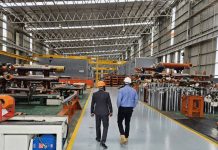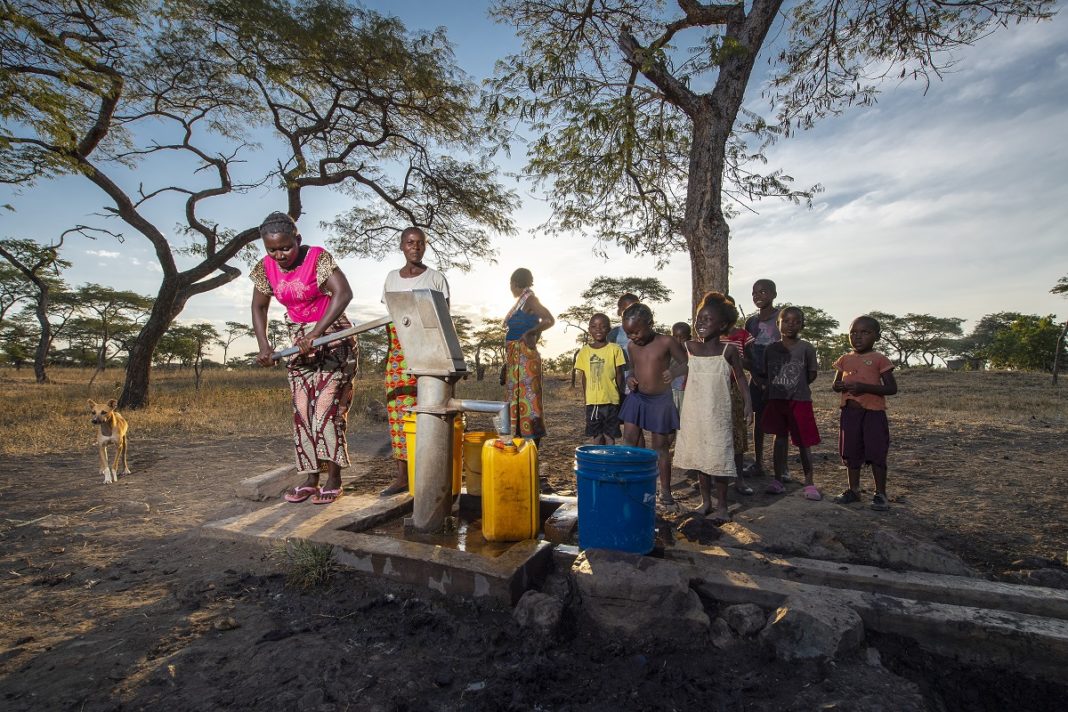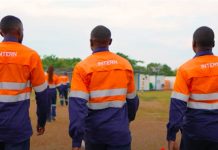Resettling a community of people from homes that they have lived in for most of their lives is never easy. International guidelines for preparing a Resettlement Action Plan (RAP) very clearly state that people who are physically or economically displaced as a result of a project — including mining and exploration projects — should not be any worse off as a result of their resettlement. In fact, “preferably [people should be] better off than they were before the project was undertaken,” the International Finance Corporation’s handbook on resettlement reads.
Thanks to Munali Nickel Mine’s very thorough consultation process with communities around the mine in Southern Province’s Mazabuka, just over 130 households now live and farm on plots that are larger, more arable, and more productive than where they previously dwelled. Plus, they can officially call the land their own, with title deeds for all families being made a number one priority.
Mining for Zambia visited the farms around Munali Nickel Mine and asked families to tell us how their lives have changed since they were resettled.
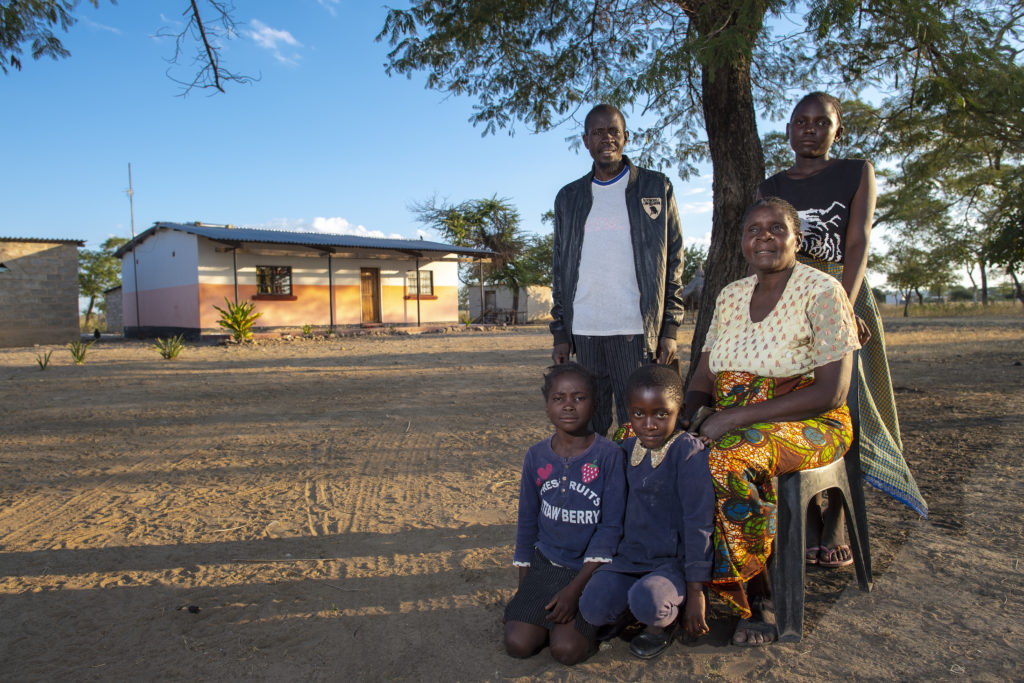
Mrs Mweetwa (seated) moved into this house in 2008, which occupies a 15-hectare plot of land. She and her family had been living on a 10-hectare farm with their eight children for over 20 years when they entered into discussions with Albidon, the previous owner of Munali Nickel Mine, about resettling to a nearby plot of land as part of the mining company’s RAP.
Mrs Mweetwa’s wasn’t the only family to move from a 10 to a 15-hectare piece of land. The increase in size of 50% was, in fact, set as a standard for Munali’s RAP. Families that owned plots of five hectares or less moved onto 7.5-hectare pieces of farmland.
“We had a five-roomed house before,” says Mrs Mweetwa. “It was fine, but a little cramped.” They built us a six-roomed house on our new plot, so there’s more space for everyone, she explains.
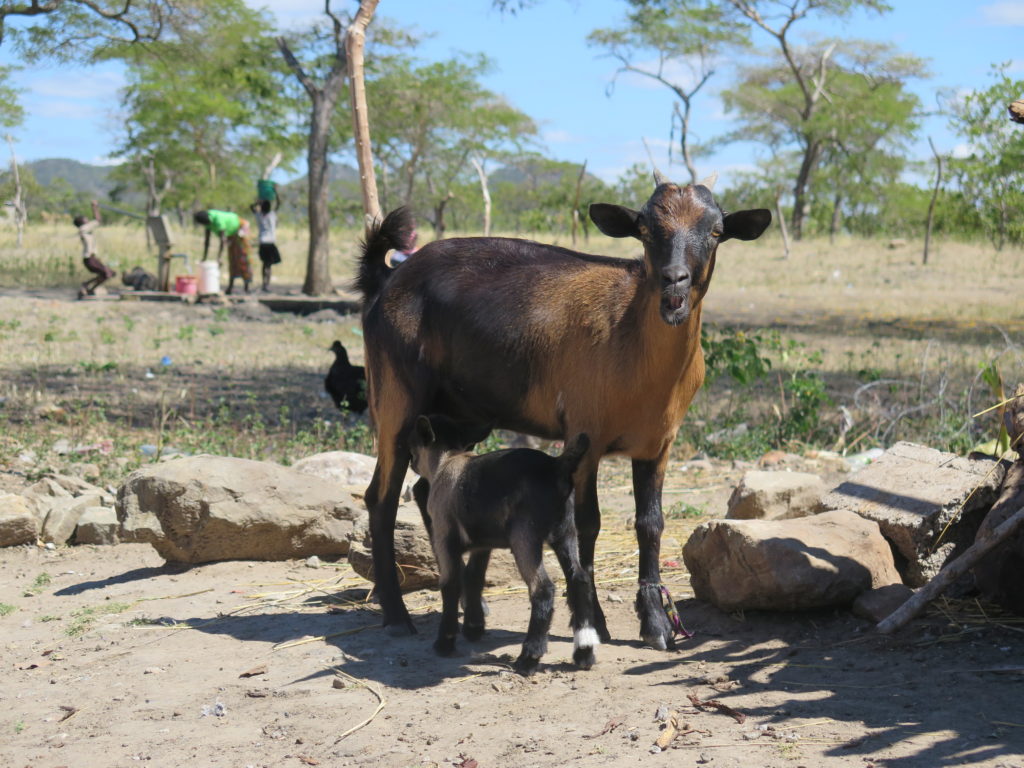
Five of their 15 hectares was allocated to living areas, animal pens, and land for grazing, and the remaining ten are used for farming. Having more land has made all the difference to their livelihood as farmers, as has the better soil quality in their new farm.
“This land is much better for agriculture,” says Mrs Mweetwa. We grow maize, soya beans, and groundnuts.” There wasn’t enough rainfall this year, so their crops were all for the family’s subsistence, but most years there is enough surplus to sell too.
“Before 2008, we couldn’t sell crops,” she says. “There are better yields here. We never have to buy food — just carpenter fish, and sometimes cooking oil.”
“This land is much better for agriculture. We grow maize, soya beans, and groundnuts. We never have to buy food.”
The community co-owns an oil press, which she uses to make sunflower oil when her sunflower crop is doing well.
But the most important thing about their new home is the title deeds, says Mrs Mweetwa, which Munali is currently obtaining for all resettled families. Each of these families previously lived on ancestral land, and didn’t have the title deeds that are increasingly important in a modern economy. Property rights are considered a vital ingredient for attracting economic activity beyond the life of a mine, but bureaucratic delays have created a situation in which less than 10% of land in Zambia is titled.
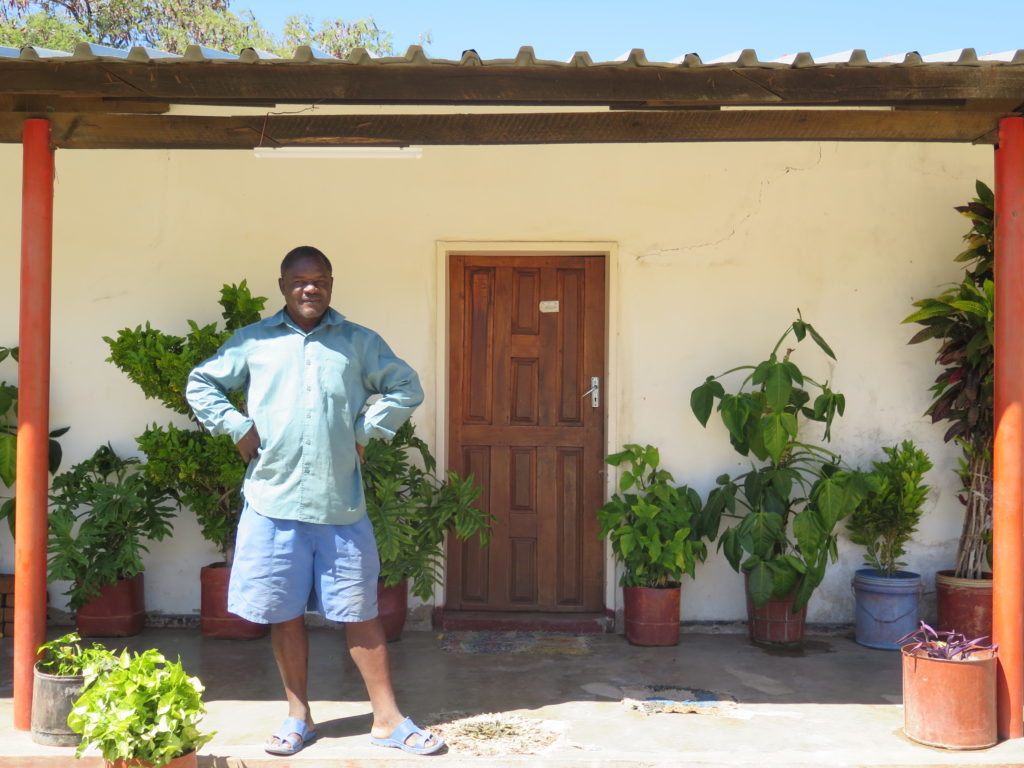
Mr Hachifwa and his family resettled to this home in 2008, moving from a 10-hectare farm to this 15-hectare plot. “I was very happy to move because the land at my old farm was not good,” says Mr Hachifwa. “This land is good for growing maize, groundnuts, and soya beans.”
There are five rooms in their new home — one more than they had before moving here. He points at a building off to the side of the property, which is now the living quarters for his daughters and their husbands. “Munali replaced each room, like for like,” he explains. “And they added a fifth room too.” Whereas his old house was built from mud brick, this one is concrete.
Mr Hachifwa also keeps goats and chickens. The goats are sold for their meat, while he and his family keep the chickens for their meat and eggs.
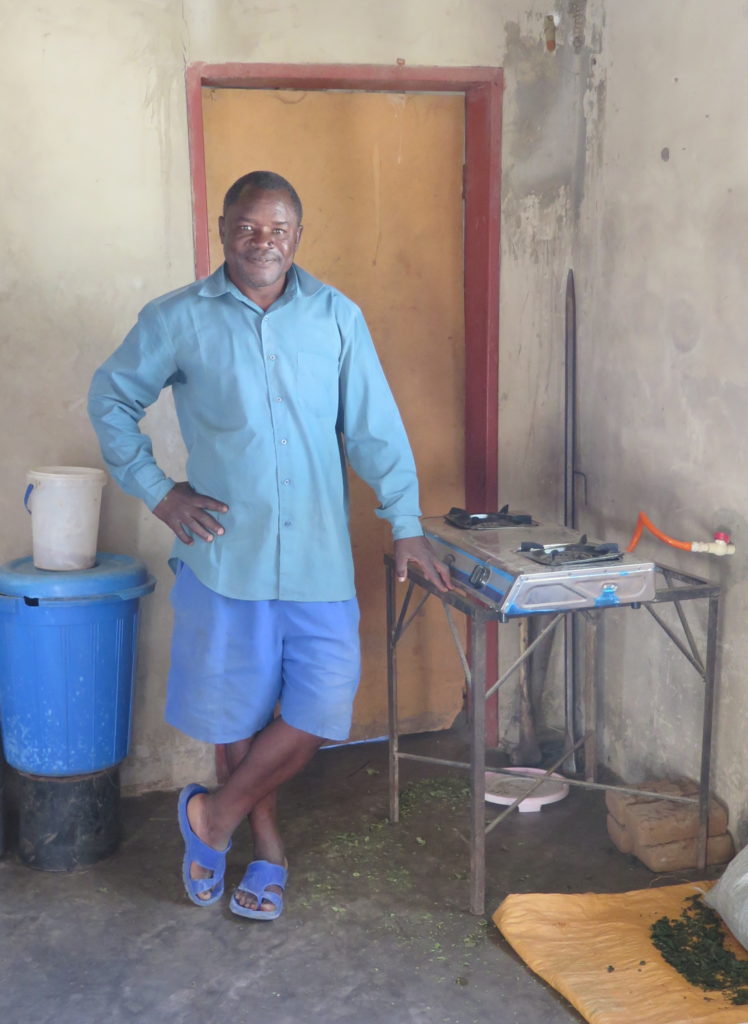
“We have a biogas stove for cooking,” says Mr Hachifwa, showing me a stove with two burner rings in his kitchen. Biogas stoves like this are fuelled by animal dung, which is stored in a purpose-built container below ground. The lack of oxygen in these digesters converts the dung into methane, which is then piped to the house to fuel a stove.
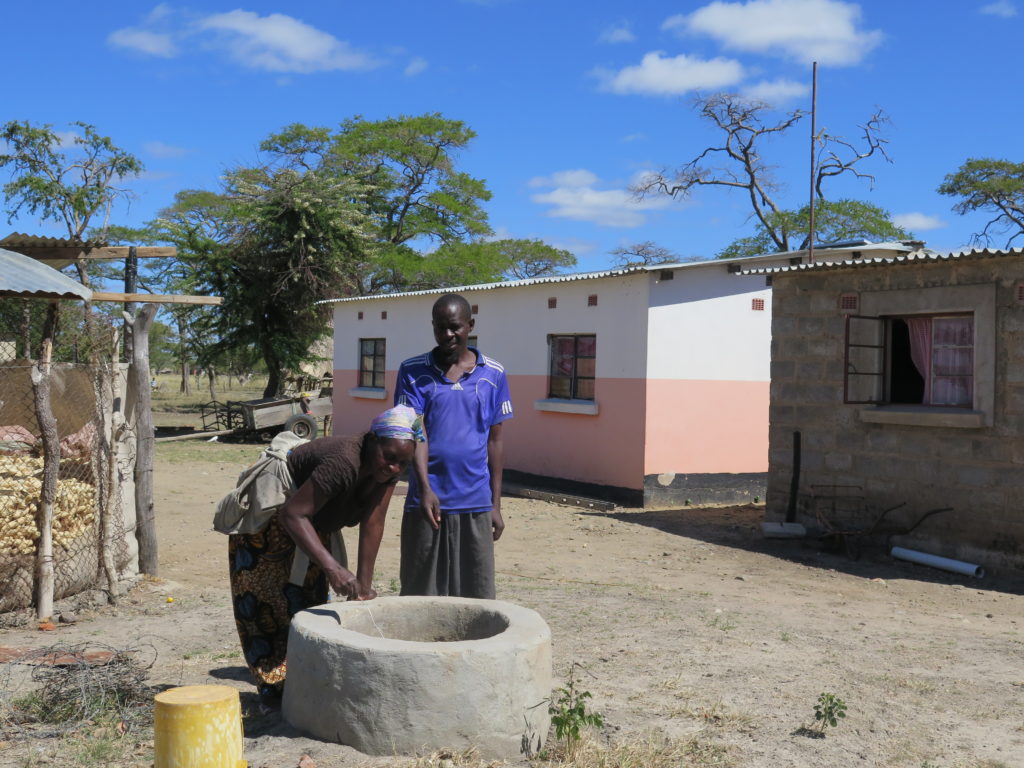
Like Mrs Mweetwa’s and Mr Hachifwa’s, none of the homes in the area are connected to the national electricity grid but, by using various renewable energy sources, they have improved the quality of life in their village in recent years.
“We also have a solar panel which we use for the TV, cellphones, and the hammer mill [for milling grains for animal feed],” says Mr Hachifwa. There is a communal borehole for every two or three households, which is a vast improvement. Before the resettlements, one borehole had to supply as many as fifty households.

Munali has spent over $7 million on building new homes for households impacted by the mine’s operations, in addition to community infrastructure such as a new school, clinic, dam, two bridges — and the community water boreholes. “Being a responsible mining company is essential to receiving a social licence to operate,” the mine’s RAP report reads.
It was these values — and its innovative approach to Corporate Social Responsibility (CSR) — that led the government to name Munali “the leading mining company for CSR in Zambia” earlier this year.
According to Simon Purkiss, Executive Director of Consolidated Nickel Mines, Munali’s major investor, some families initially said that cash was preferable to larger plots of land as a form of compensation for resettlement.
“But cash is not sustainable,” Mr Purkiss points out. “Instead, where households around the mine site were moved, they were given extra land. If they had lived and farmed on ten hectares, they were given fifteen. In the first year, we provided seed and animals; in the second year, a tractor. People’s livelihoods need to be developed and improved.”
The relocation model employed by Munali demonstrates that involuntary resettlement can in fact make a community better off, through effective stakeholder engagement and project implementation — as a direct result of mining activities.
This underlying sense of responsibility for improving people’s lives and livelihoods is central to the IFC’s guidelines for resettlement. Clearly, it is also central to obtaining that all-important social license within communities around mines, to ensure that they actually benefit — both while the mine is in operation, and beyond the life of the mine, too.
See also: Like Bees to Honey



















